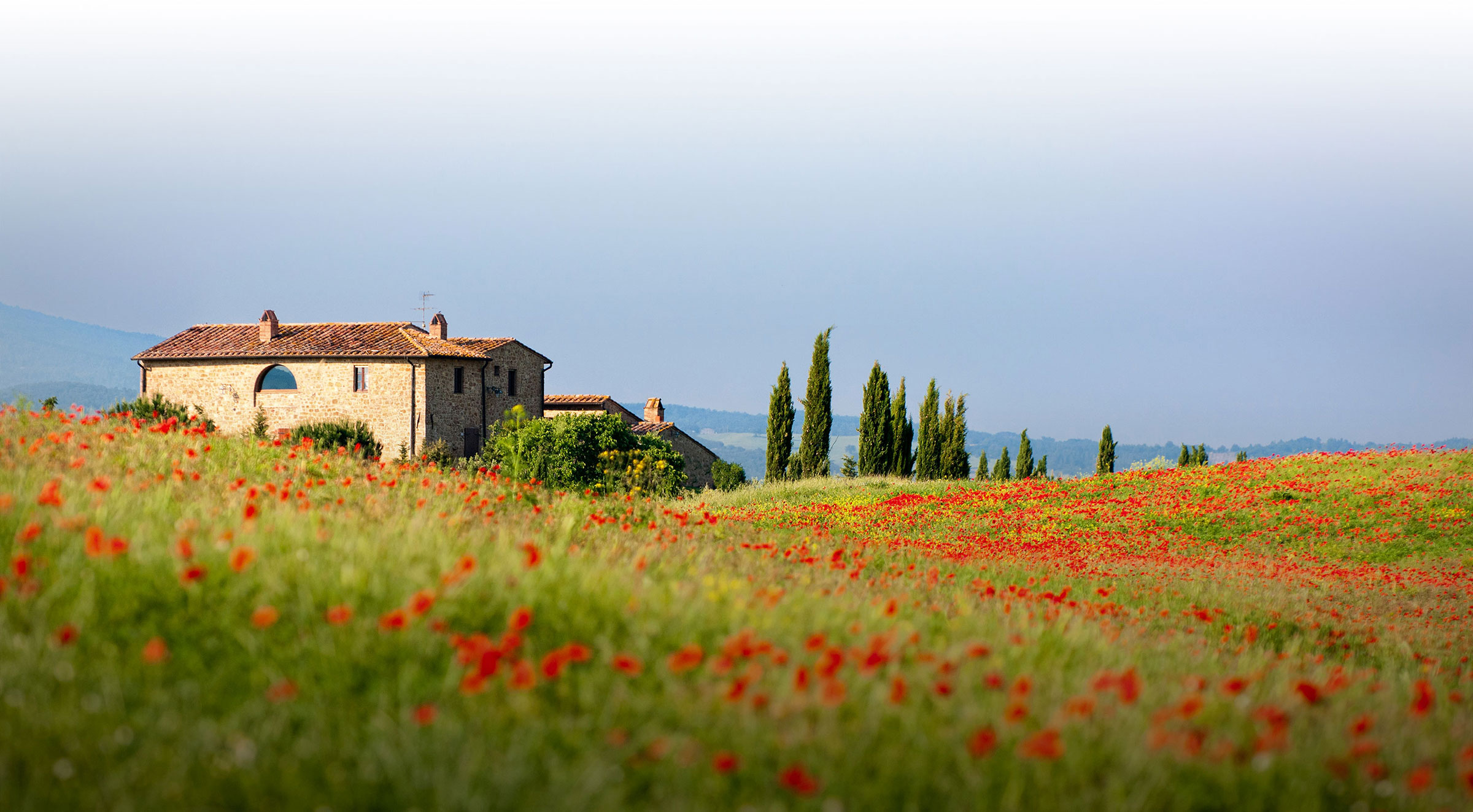Normandy, France
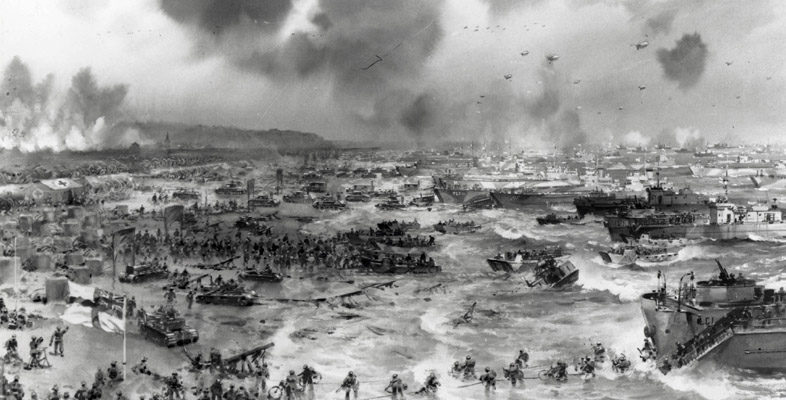
As parents we strive to build good character traits in our children. A trip to Normandy is an excellent opportunity to discuss character traits with your children. It was in Normandy on June 6, 1944 that the remaining free world struck back against Nazi Germany. It took boldness, creativity, determination, resourcefulness, and incredible endurance from thousands of young men, many of whom would die on the beaches fighting to evict evil. The men who fought knew the risks, but were motivated by responsibility to both their fellow soldiers and country to perform their duty to the best of their ability. It is an amazing story of logistics, subterfuge, and heroism that can inspire and encourage students today.
It took just over a month between May and June of 1940 for Germany to overwhelm France. Germany had four years to build a defensive position along the French coast to repel any attack the Allies deployed. On D-Day, June 6, 1944, the Allied naval force of almost 7,000 vessels landed over 150,000 men on the beaches of Normandy. Over 11,500 aircraft participated as well. It is to this day the largest amphibious landing of an army against an entrenched enemy in the history of the world. From June 6 to August 25, 1944, when Paris was liberated, over 425,000 Allied and German troops were either killed, or wounded, and many just disappeared—a staggering sum to fathom. Walking the beaches of Normandy and seeing the concrete German pillboxes tactically placed to create a kill zone with no place to hide is sobering. It was a time of such sadness and loss for so many, yet it was the price for freedom.
A visit to the American, British, and German cemeteries where thousands are interred provides a reflection of each respective country. Personal remembrances penned by bereaved family members make the British cemetery particularly moving. “My only child gave his all, till we meet again.” Engraved with family messages such as this one from the mother of a soldier, these graves help others to understand the impact this war had on families around the world. Normandy will provide a crucial touchstone on the journey your children will take as they begin to understand war and personal sacrifice and the decisions men and women made to protect a future they would not see. Your children can continue their look into the fortitude and character of these individuals by visiting the museums around Normandy, which bring the stories of individual men and women into vivid detail by using a wealth of personal items. Here is an opportunity for your children to understand the recent past and develop distinct connections with people who have come before them. Normandy’s museums are a great location for your children to begin to develop an understanding of circumstances that might lead individuals to sacrifice so much for the benefit of others.
Though any trip to Normandy necessarily focuses on the events of World War II, this region of France has a long and storied history. Another turning point in European history occurred in 1066 when William the Conqueror launched his invasion of England from Normandy. By invading, conquering, and ruling for 20 years, William the Conqueror changed England forever. William moved England in the direction of a united country rather than individual fiefdoms by changing the relationship between kings and noblemen. He settled many of his Norman subjects in England and created a new line of English royalty who would impact both the architecture and language of England. Your children can begin to understand the complex, living nature of language as they see the impact different cultural groups can have upon one another. Students with a linguistic interest can study the history and relationship of words like cow to beef, or pig to pork, which have Old English and French origins, respectively, and see the dual English and French/Latin heritage of our language. William ruled England yet never spoke English. By laying claim to both England, Normandy, and other parts of modern day France, he also set up an unstable relationship whereby the English and the “French” would fight for hundreds of years over William’s “French” claims.
Bayeux, Normandy also offers several unique learning experiences. There is a World War II museum, cemeteries, and the Bayeux Tapestry. The famed Bayeux Tapestry, a misnomer as it is embroidered rather than woven, is 230 feet long and 20 inches tall and tells the story of the Battle of Hastings where William defeated the Anglo-Saxon King Harold to be crowned the first Norman King of England on Christmas Day in 1066. A visit to this tapestry is an opportunity to see this story writ large and glean some understanding of a part of England’s complex history.
A trip to Normandy is an opportunity for your entire family to develop as scholars and individuals. Normandy provides a unique combination of historical richness and character lessons, making it a valuable educational destination. Here, your children can begin to understand the events of two major conflicts—the battle of 1066 and, almost 900 years later, the decisive battle of World War II.
Talk to your travel expert about the best time of year to go, and ask for a knowledgeable guide who can create a balance between seeing many different sites and spending sufficient time to reflect on the events that occurred. Normandy will bring immediacy to the stories of the lives changed by these conflicts and also encourage your children to look at the character and fortitude required to defend the beliefs and ideals of freedom.
Learning Opportunities:
- See the beaches where D-Day soldiers landed, and understand the turning point this would become in World War II.
- Develop empathy for the men and women who fought for the ideals of democracy and freedom.
- Consider the character and fortitude required to make sacrifices to improve the world.
- Uniquely experience the stories of those whose lives where changed by battle and begin to understand the choice they faced.
- Understand the far reaching impact of William the Conqueror on England and Europe.
- Understand how languages change over time in response to the influences around them, and the many origins of our English language.
Talk to your travel expert about the best time of year to go, ask for a knowledgeable guide who can help you navigate all the sites in an expeditious but unhurried time frame because you will need time to reflect on what happened on June 6th.
Photo Gallery
Read
-
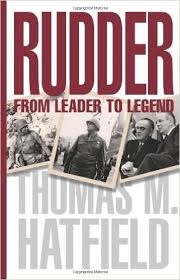 Rudder: From Leader to Legend
Rudder: From Leader to Legend
-
 D-Day: June 6, 1944: The Battle for the Normandy Beaches
D-Day: June 6, 1944: The Battle for the Normandy Beaches
-
 Agent Garbo: The Brilliant, Eccentric Secret Agent Who Tricked Hitler and Saved D-Day
Agent Garbo: The Brilliant, Eccentric Secret Agent Who Tricked Hitler and Saved D-Day

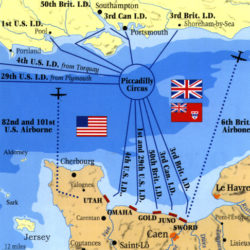
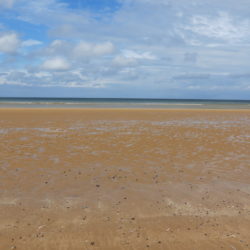
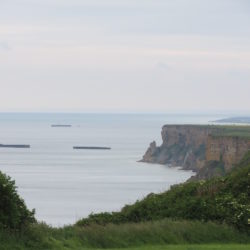
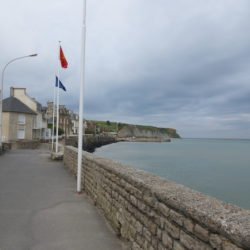
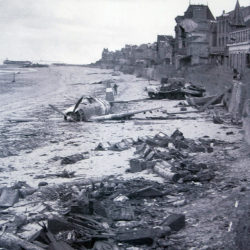
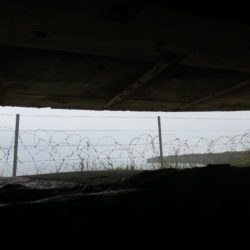
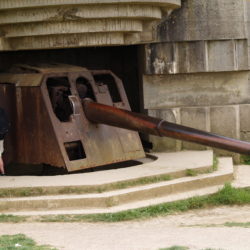
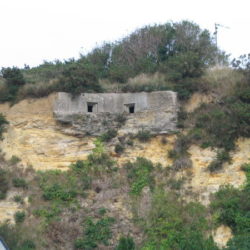
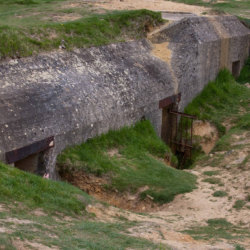
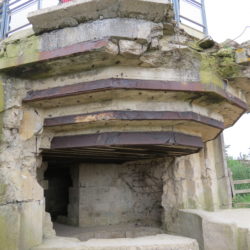
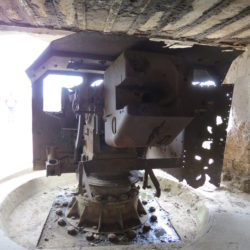
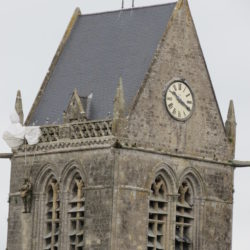
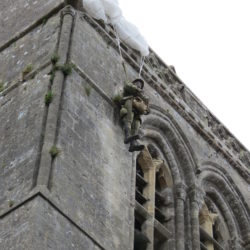

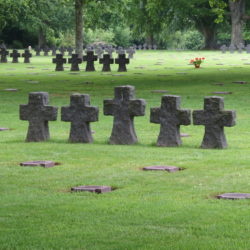
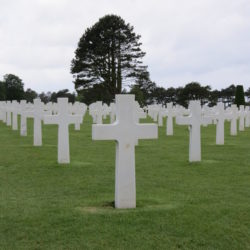
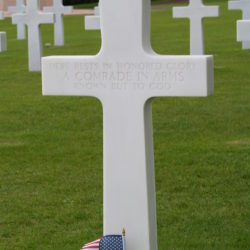
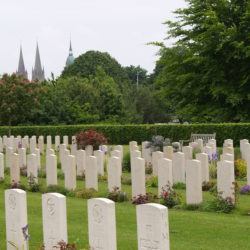
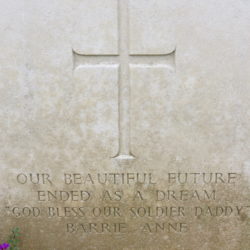
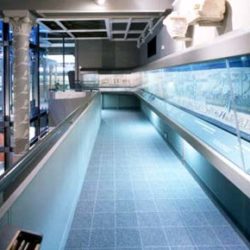
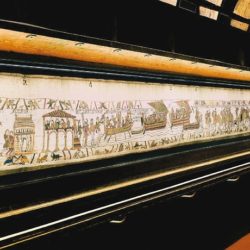
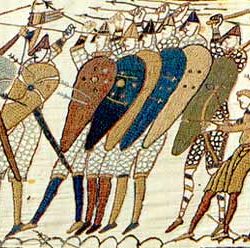
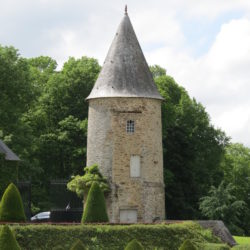
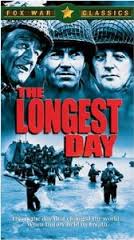 The Longest Day
The Longest Day
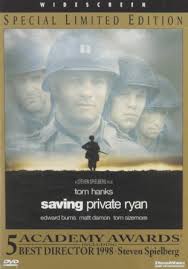 Saving Private Ryan
Saving Private Ryan
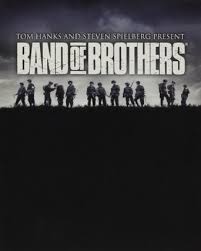 Band of Brothers
Band of Brothers
